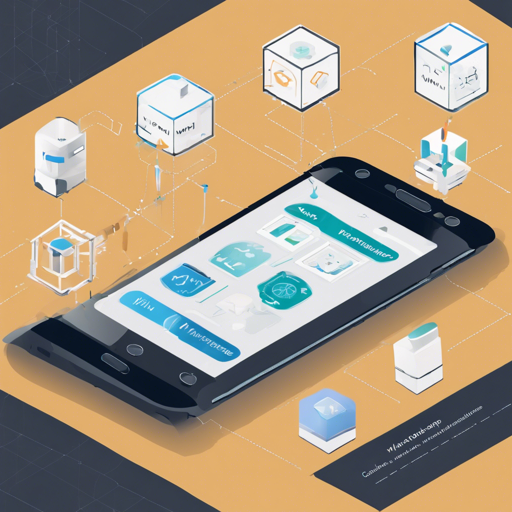In today’s blog, we will take you through the process of creating an Android application featuring the Model-View-ViewModel (MVVM) architecture, complemented by Clean Architecture principles. We will also explore essential libraries like Retrofit, Firebase, and Glide. This user-friendly guide ensures that you navigate through the complexities effortlessly, making app development a breeze!
Core Features of the Project
- MVVM with Clean Architecture: Decouples presentation from business logic.
- Coroutines: Simplifies asynchronous programming.
- Navigation Components: Enhances app navigation.
- Hilt for Dependency Injection: Manages dependencies efficiently.
- Retrofit: Simplifies data fetching from APIs.
- Firebase Auth and Firestore: Manages user authentication and data storage.
- Room Database: Local data persistence.
- Glide: Image loading and caching.
- TabLayout and ViewPager2: Creates seamless navigation through tabs.
App Screens Overview
The application consists of several screens to enhance user experience:
- Splash Screen: Welcomes users as the app loads.
- Home Screen: Displays primary content.
- Detail Screen: Provides more information about selected items.
- Bag Screen: Displays items selected for purchase.
- Payment Screen: Facilitates payment processing.
- Success Screen: Displays payment confirmation.
- Favorites Screen: Lets users save preferred items.
- Search Screen: Enables searching through the inventory.
- Profile Screen: Shows user-related information.
Understanding the Code: An Analogy
Imagine you are the director of a play (the app) where various actors (components/libraries) work together to create a stunning performance (the user experience). Each actor has a specialized role:
- The MVVM pattern is akin to the director organizing the script (business logic) and the performers (UI components) to ensure scenes flow seamlessly.
- Coroutines are the cue cards used by actors to ensure their lines (asynchronous tasks) are delivered at the right moment.
- Hilt serves as a skilled stage manager providing necessary props (dependencies) to actors without them asking.
- Retrofit acts like a messenger delivering scripts (data from APIs) to the cast so they can perform effectively.
- Glide ensures that every actor looks their best by providing them with high-quality makeup (images).
Troubleshooting Common Issues
While developing, you may encounter some common issues:
- App Crashing on Startup: Check your dependencies in the build.gradle file; they must be compatible with each other.
- Firebase Authentication Errors: Ensure your Firebase configuration is correctly set up and the SHA-1 fingerprint is added to the Firebase console.
- Data Not Displaying: Verify your Retrofit API calls; log responses to ensure data is being fetched.
- Images Not Loading: Ensure that Glide is being used correctly with suitable placeholders for better user experience.
For more insights, updates, or to collaborate on AI development projects, stay connected with fxis.ai.
Conclusion
Developing an Android app with a robust architecture is essential for scalability and maintainability. By combining MVVM with Clean Architecture and utilizing various libraries, you pave the way for a smooth development process and a stellar user experience.
At fxis.ai, we believe that such advancements are crucial for the future of AI, as they enable more comprehensive and effective solutions. Our team is continually exploring new methodologies to push the envelope in artificial intelligence, ensuring that our clients benefit from the latest technological innovations.

